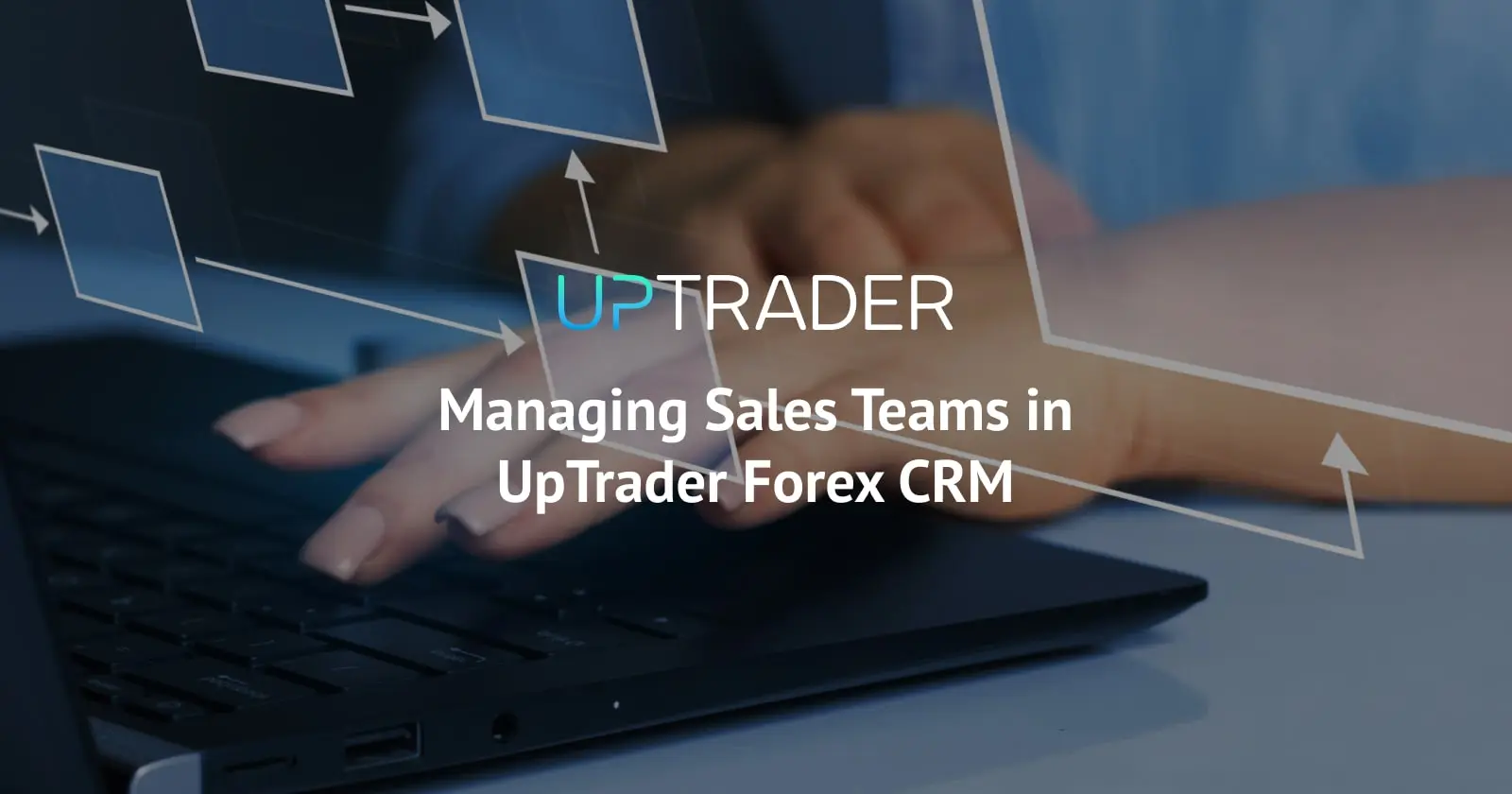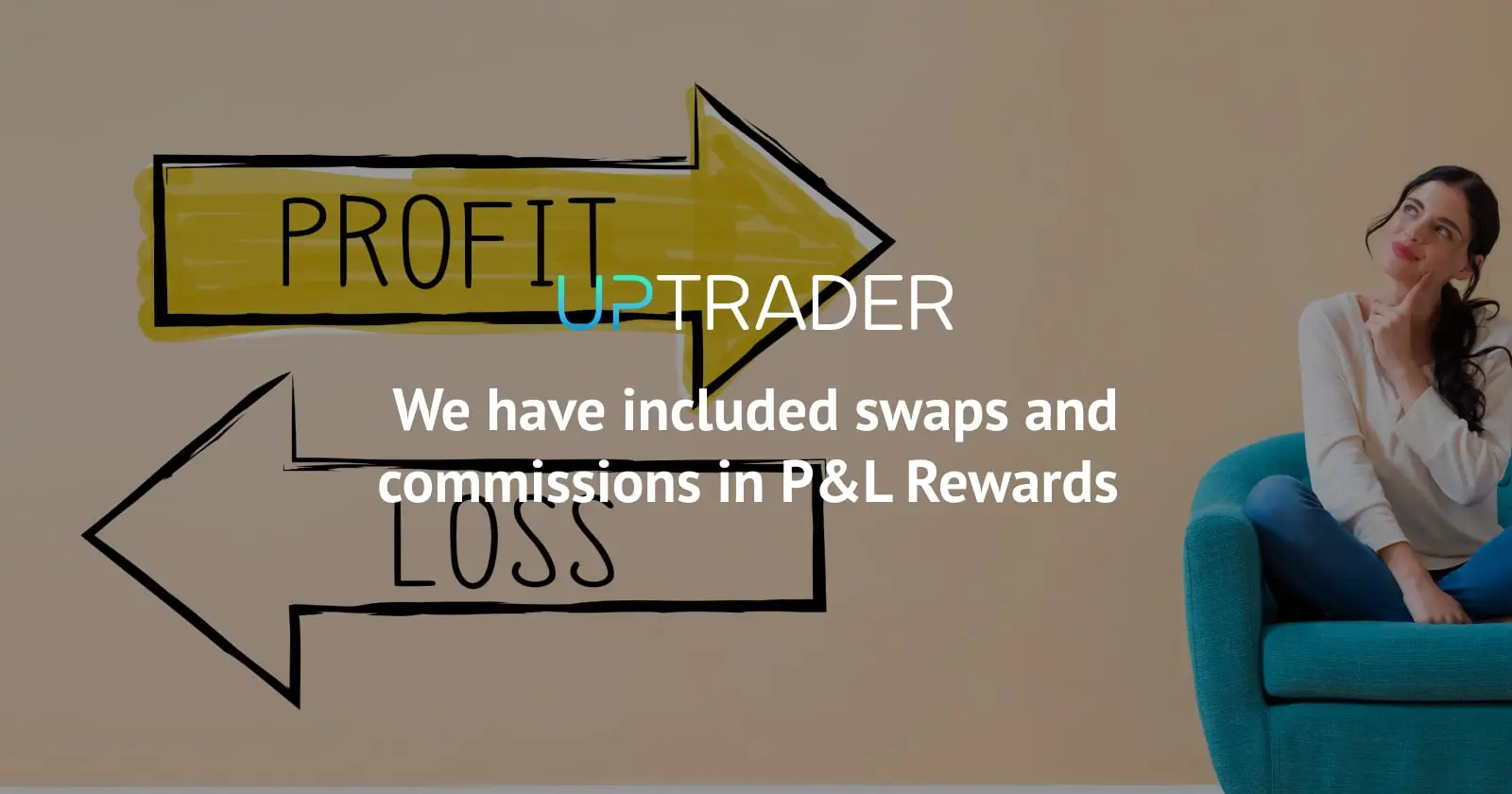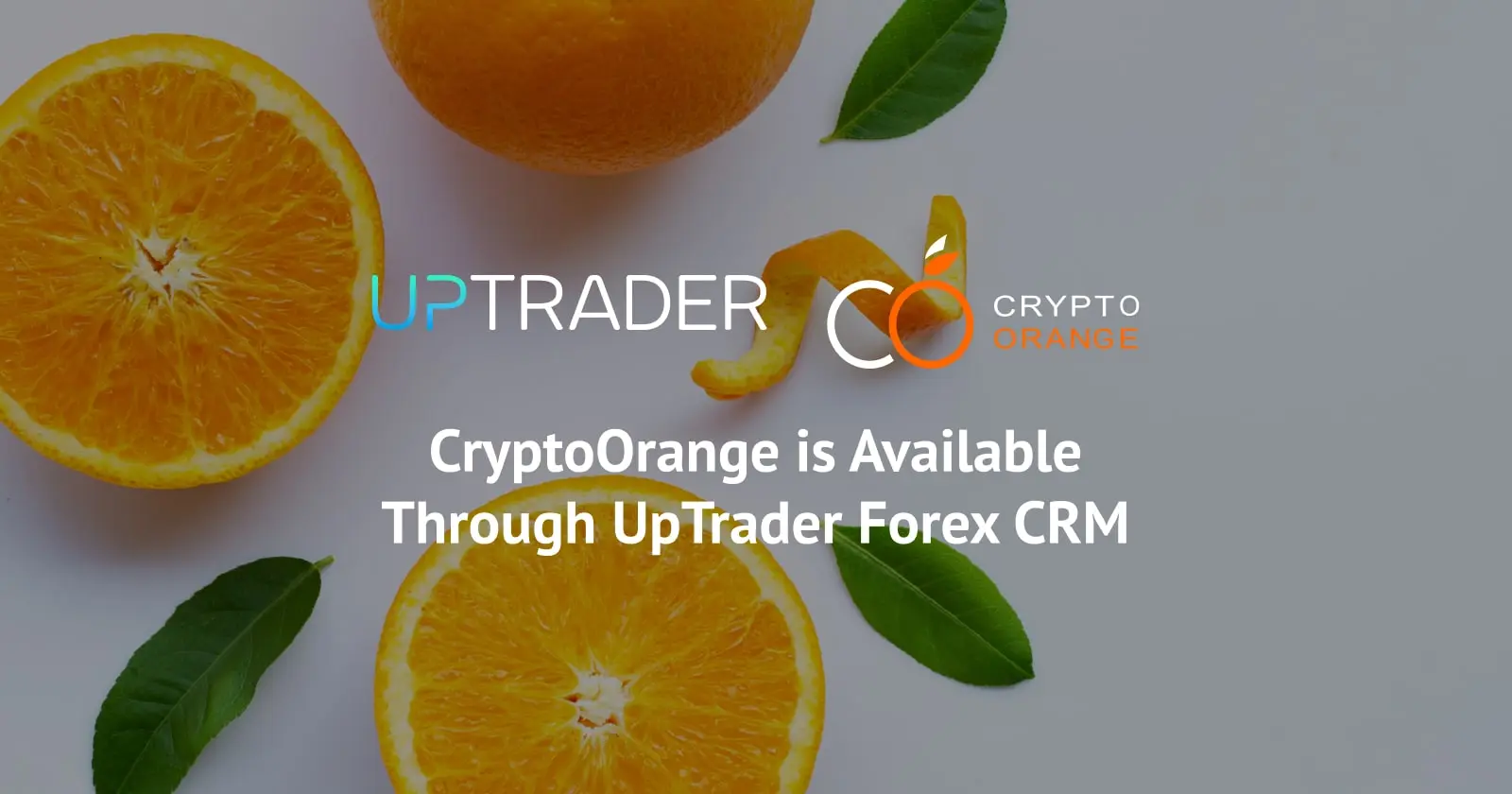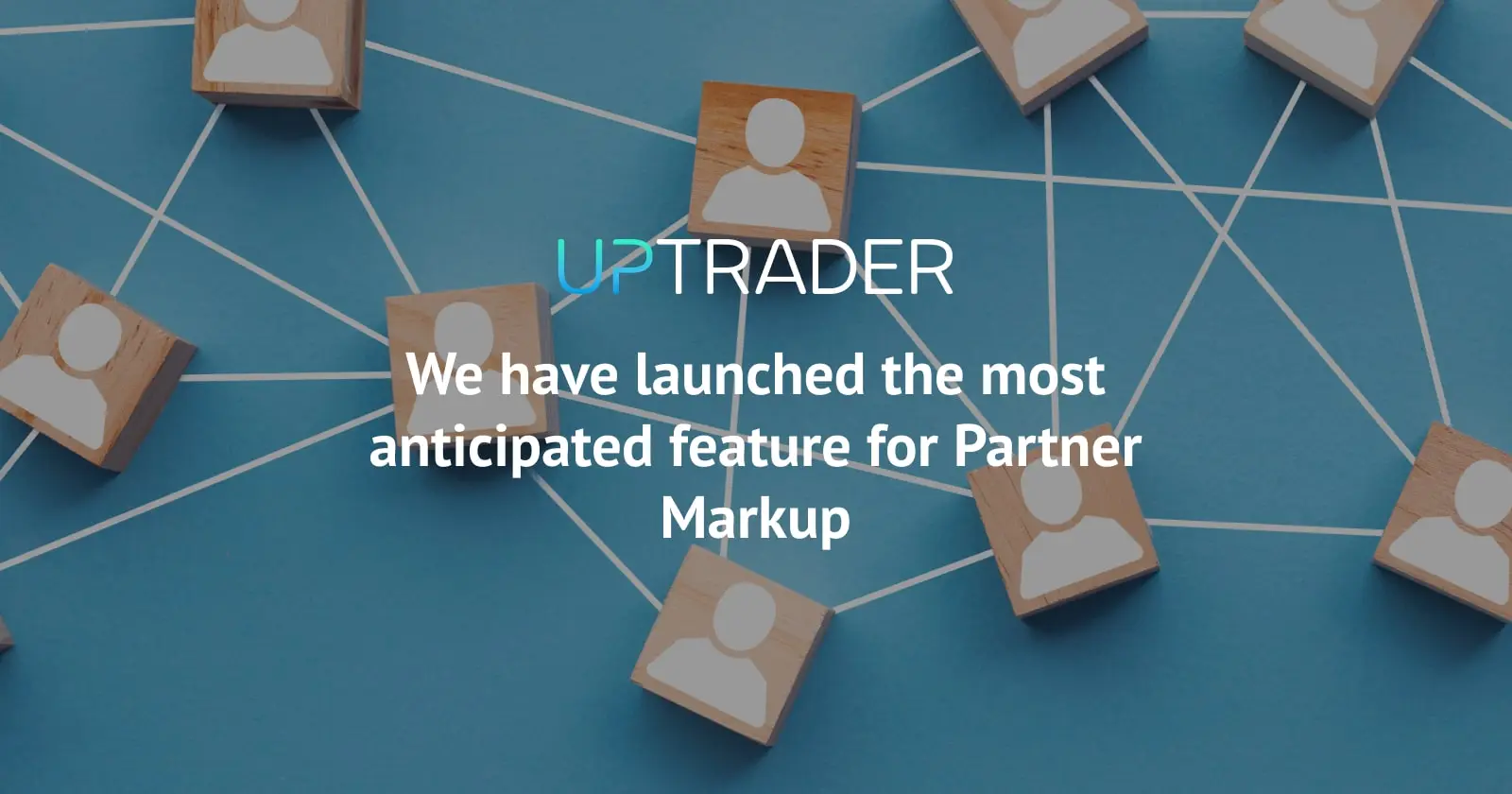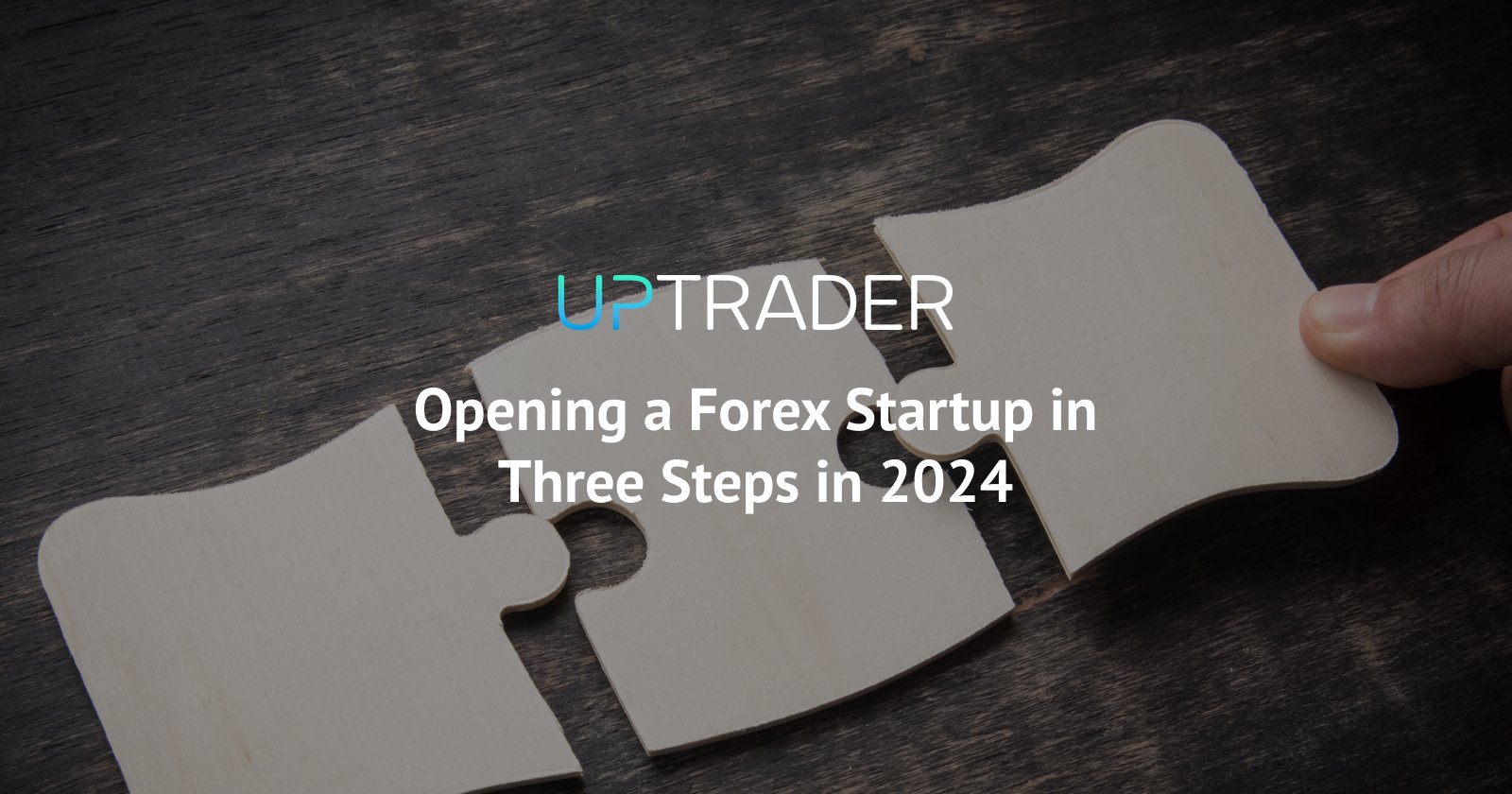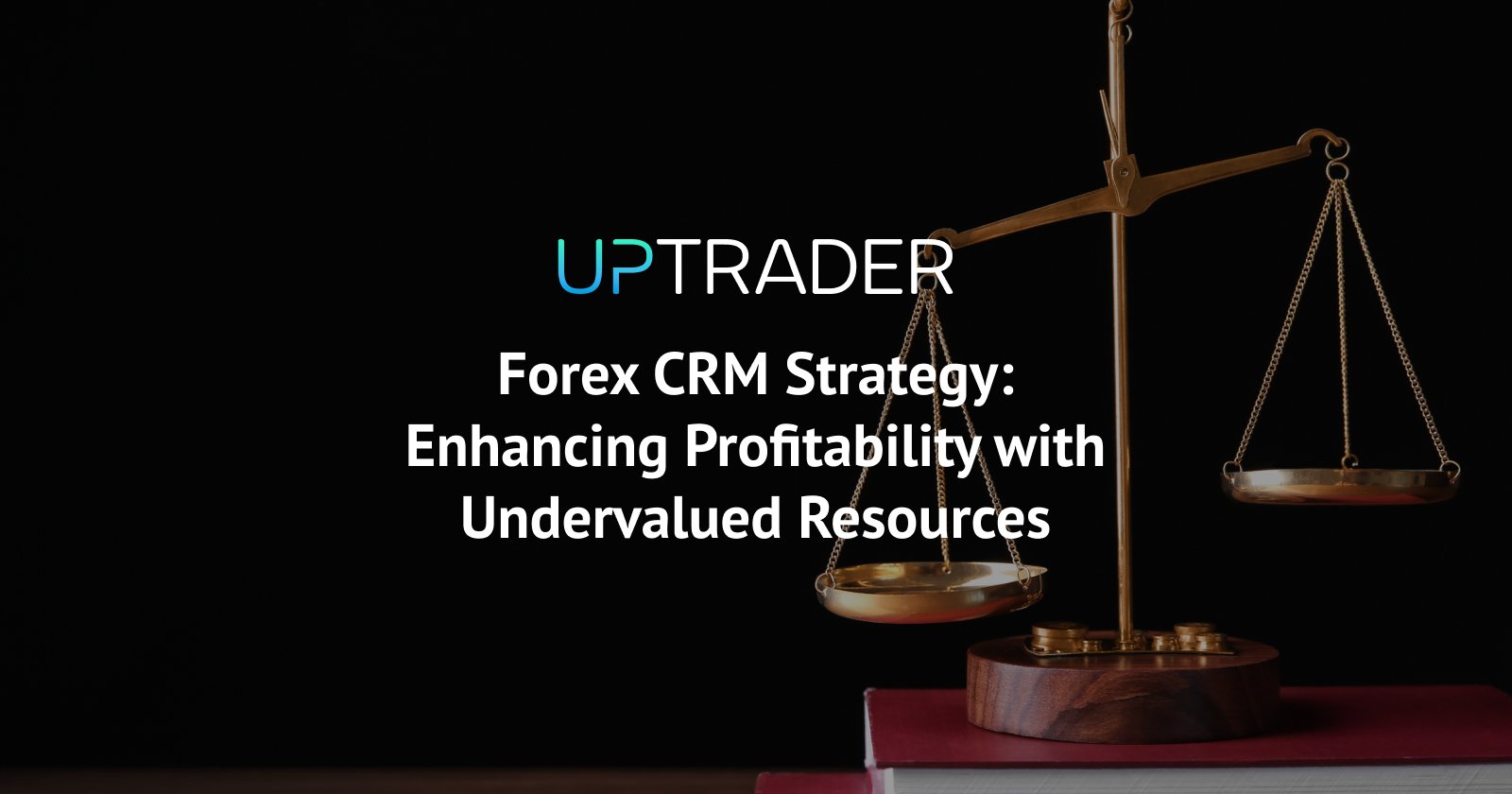There are two notable trends in the forex market: on the one hand, the simplification of opening a forex broker due to the growing offer from fintech companies - developers of software for brokers, which improves every year, allowing new companies to enter the market, taking the best solutions for personal accounts, liquidity, trading platforms, copy-trading, and various plugins. On the other hand, the rules for regulating the activities of forex brokers are becoming stricter, forcing companies to have solid investments to cover expenses on licenses, legal entities, etc., which de facto closes market entry for very small companies.
We have made a brief overview of the main steps required to open a company and added the latest actual prices.
So, step 1 Trading Terminal
You should begin by determining which trading platform you want and whether it fits your budget. Prices typically range from $2,500 to $12,000, with $2,500 being the cost for a White Label cTrader. However, there are significant differences in compliance requirements. For instance, MetaQuotes has introduced strict compliance requirements. Now, to purchase an MetaTrader Terminal, you are required to obtain a brokerage license in the jurisdiction of your company. This may include countries such as England, Cyprus, New Zealand, Seychelles, Mauritius, Labuan, among others, which can be costly for a startup company. License + opening a company with a bank account and mandatory hiring of local staff will cost at least $80k, but together with all additional expenses - from our experience, it ultimately comes out to $100k and above depending on the chosen residency. It should also be considered that the process takes from six months to a year, while you need to bear the costs of the opening itself and local staff out of the pocket. At the same time cTrader and DXtrade do not have such strict requirements. For instance it’s allowed to get a legal entity with a director in Santa Lucia, which is about $5,000, and the company opening takes a couple of weeks. However, without a forex license, you can use cryptocurrency and some payment systems - which many do successfully. However, this is still a limitation for expansion. If the brokerage company wants to move further into other regions, it will eventually have to obtain a brokerage license and open a bank account.
Step 2 CRM
For servicing clients and partners, a Personal Account is needed, where clients can register, open and replenish accounts, withdraw funds, monitor trading history, receive notifications and bonuses, undergo KYC procedures. Partners will be able to keep track of their clients and receive rewards, and so on. The more complex and diverse business model the future broker envisages, the more developed system he should choose for growth, as transitioning an already operating business to a new CRM is always painful, so it's better to do it at the opening stage.
UpTrader CRM is an ecosystem of 6 modules: Back office, Admin, Trader’s Room, Copy-Trading Platform, Affiliate Program, and Sales Management. All of them are fully integrated, allowing for comprehensive management of every aspect of the business through a single interface. UpTrader focuses exclusively on developing CRM for brokers and constantly introduces new functionality, improving the user experience and striving to consider all the scenarios of trader behavior and management needs. Our staff interact with clients, analyze their needs, select ideas that may be in demand in all other companies, and bring them to life. As a result, we get a completely unique system covering the widest needs of brokers, making UpTrader CRM outstanding in its field of Forex Solutions.
In UpTrader, we have developed a flexible pricing model, where the main functions needed by a startup are included in the basic tariff (from $999): account management, KYC, deposit/withdrawal, notifications, etc. If the broker needs special modules: affiliate program, copy-trading, sales management, and more, all this can be connected additionally as desired. That is, you do not have to pay for these functions until you need them.
Step 3 - Set up
The third step is setting up the trading terminal and price feed or liquidity. You can get the price feed without liquidity, for example, if you have not yet decided on a choice or just want to wait. Next, you need to set up the platform itself: configure symbols, pricing policy, spreads and commissions, calculate the financial model with partners, and accordingly set up trading. Usually, the worse the conditions for traders, the better for partners, and vice versa. Often the financial model depends on the country; for example, in some countries, the expected market leverage might be 1:3000, and if you have different conditions, then clients simply will not come to you, while in other countries it is 1:50, and if your leverage is higher, you may encounter regulators and get a scam reputation. At UpTrader, we help set it up.
Takeaways
As we see, opening a broker in 2024 is a feasible task, however, you need to understand well what you can afford. More and more companies are considering working without a bank through cryptocurrency, and this is a good and inexpensive start for companies allowing them to create a capital inflow and in the future consider opening a broker with a license.
Have you already decided on the jurisdiction and platform? Request a demo at UpTrader - our forex CRM is integrated with MetaTrader, cTrader, DXtrade. We work with legal companies, liquidity providers, crypto gates, etc., and can help at any stage of creating your company with any business model. Write to us at [email protected] or leave a request on the site uptrader.io, and we will contact you shortly.
